
How Aditya-L1 Will Help Us Understand the Sun: Aditya-L1, India’s first solar mission, will help us understand the Sun by studying its corona, magnetic field, and solar flares. The mission will use five instruments to image the Sun in visible, ultraviolet, and X-ray light and measure the composition of the solar wind. This data will help scientists to understand better the mechanisms that heat the corona, drive solar activity, and impact Earth’s climate and space weather.
Here are some specific examples of how Aditya-L1 will help us understand the Sun:
- The VELC instrument will image the corona in visible and near-infrared light, providing the first continuous, high-resolution images of this elusive region.
- The SWICS instrument will measure the composition of the solar wind, which is the stream of charged particles that flows from the Sun. This data will help scientists understand how the solar wind is created and how it interacts with Earth’s atmosphere.
- The SXS instrument will study the Sun’s X-ray emission, produced by hot plasma in the corona. This data will help scientists to understand the mechanisms that heat the corona to millions of degrees Kelvin.
The Aditya-L1 mission is a major step forward in our understanding of the Sun. The data it collects will be invaluable to scientists around the world and will help us to better protect Earth from the effects of space weather.
Aditya-L1’s Mission and Objectives
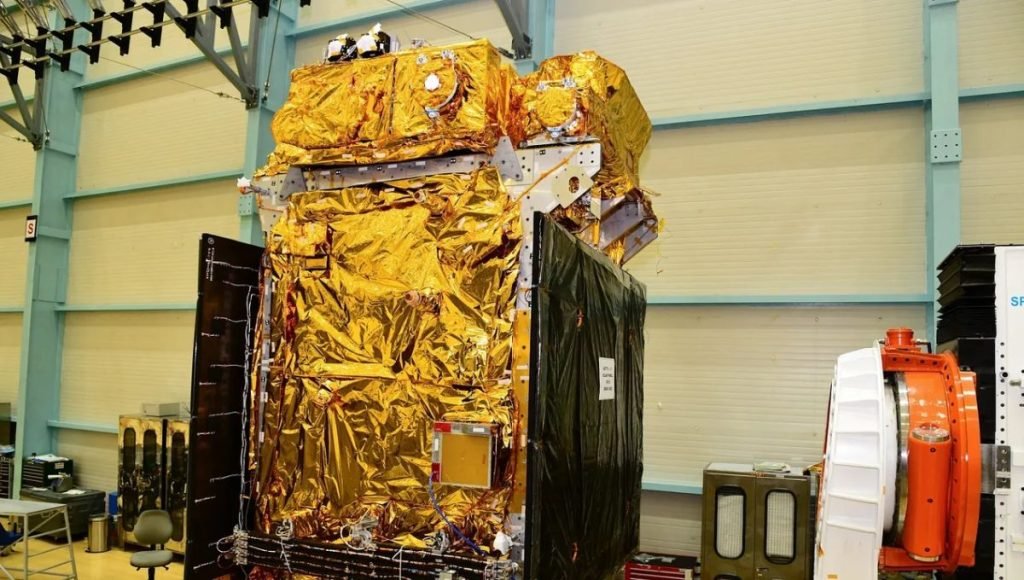
Aditya-L1 is a space mission by the Indian Space Research Organisation (ISRO) to study the Sun. It is the first Indian mission dedicated to solar research. The mission is named after Aditya, the Hindu solar deity. The Aditya-L1 mission is scheduled to launch in September 2023. It will be placed in a halo orbit around the Sun-Earth Lagrange point L1, which is located about 1.5 million kilometers from Earth.
The mission’s objectives are to:
- Study the Sun’s corona, the outermost layer of the Sun’s atmosphere.
- Understand the mechanisms that heat the corona to millions of degrees Kelvin.
- Study the Sun’s magnetic field and its role in solar activity.
- Observe solar flares and coronal mass ejections, which are powerful eruptions of energy and matter from the Sun.
- Understand the coupling between the Sun’s atmosphere and the solar wind, the stream of charged particles that flows from the Sun.
The Aditya-L1 mission will carry five payloads to study the Sun:
- A Visible Emission Line Coronagraph (VELC) to image the corona in visible and near-infrared light.
- A Solar Wind Composition Spectrometer (SWICS) to measure the composition of the solar wind.
- A Solar X-ray Spectrometer (SXS) to study the Sun’s X-ray emission.
- A Solar Ultraviolet Imager (SUVI) to image the Sun in ultraviolet light.
- A Solar Wind Plasma Investigation (SWPI) to measure the properties of the solar wind plasma.
The Aditya-L1 mission is expected to provide valuable insights into the Sun and its influence on Earth’s climate and space weather. It will help us to better understand the mechanisms that drive solar activity and the impact of solar storms on our planet. The mission is a major milestone for ISRO and will help to position India as a leading player in solar research. It is also a significant contribution to the international effort to understand the Sun and its impact on our planet.
The Sun’s Outer Atmosphere: The Corona
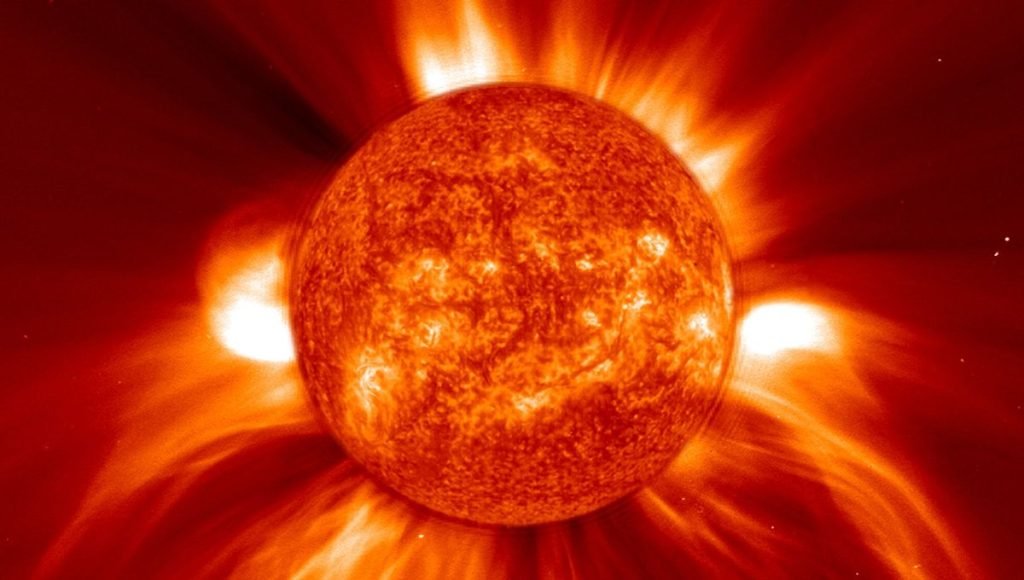
Sun’s corona is its outermost layer of atmosphere. It is much hotter than the Sun’s surface, reaching temperatures of millions of degrees Kelvin. The corona is also much thinner than the Sun’s surface, with a density of about 10^6 particles per cubic centimeter. The corona is best seen during a total solar eclipse when the Moon blocks out the Sun’s bright surface. The exact mechanism that heats the corona is not fully understood, but it is thought to be due to magnetic fields.
The corona is constantly in motion, with the magnetic fields constantly twisting and reconnecting. This process releases energy, which heats the corona. The corona plays an important role in the solar wind, the stream of charged particles that flows from the Sun. The corona is the source of the solar wind, and it is the solar wind that interacts with Earth’s atmosphere, causing space weather.
The Sun’s Magnetic Field
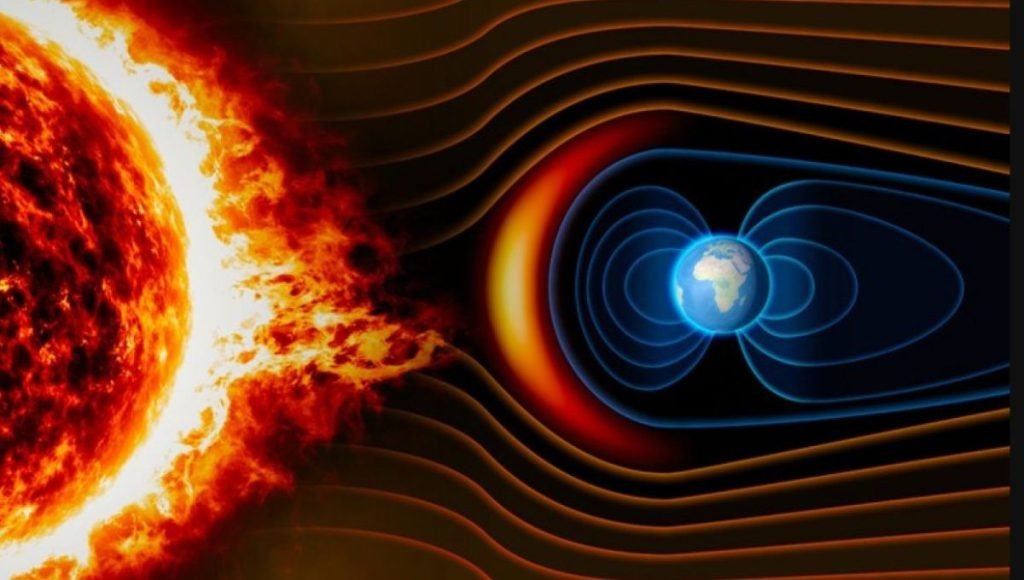
A magnetic field is generated by the flow of hot, ionized gas in the Sun’s interior. The flow of this gas creates electric currents, which in turn create magnetic fields. The Sun’s magnetic field is constantly changing, with the north and south poles reversing every 11 years. The Sun’s magnetic field is responsible for a variety of solar phenomena, including sunspots, solar flares, and coronal mass ejections. Sunspots are dark regions on the Sun’s surface that are caused by the twisting and merging of magnetic field lines. Solar flares are sudden bursts of energy that release billions of tons of material into space.
Coronal mass ejections are large expulsions of plasma and magnetic fields from the Sun’s corona. The Sun’s magnetic field also plays a role in space weather, which is the effects of solar activity on Earth’s atmosphere and magnetic field. Space weather can cause disruptions to telecommunications, power grids, and navigation systems.
Solar Flares and Coronal Mass Ejections
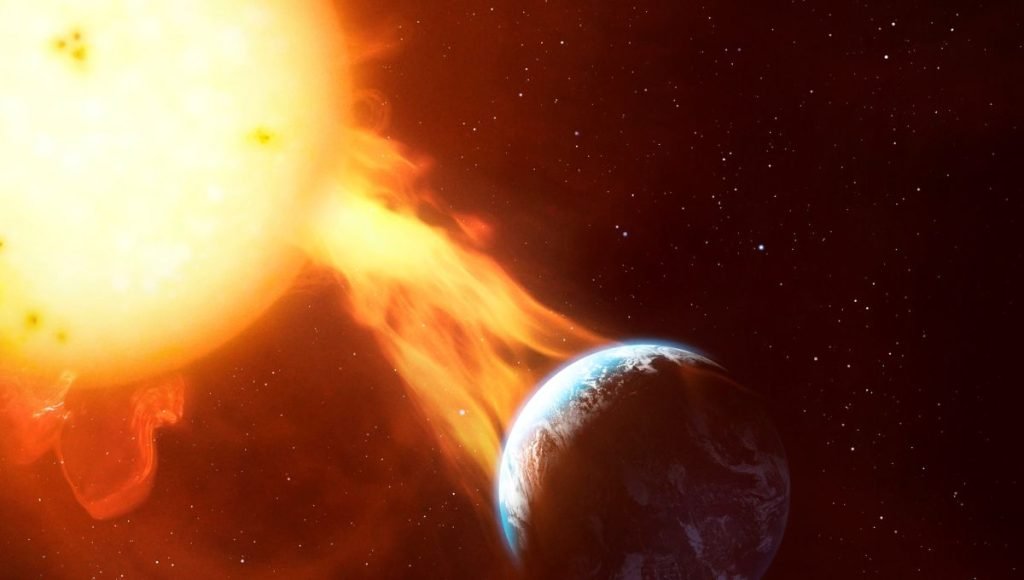
Two of the most powerful manifestations of the Sun’s activity are solar flares and coronal mass ejections. Solar flares are sudden bursts of energy that release billions of tons of material into space. CMEs are large expulsions of plasma and magnetic fields from the Sun’s corona. Both solar flares and CMEs are caused by the Sun’s magnetic field. When the Sun’s magnetic field becomes twisted and stressed, it can suddenly release energy, causing a solar flare or CME.
Solar flares can cause disruptions to radio communications and power grids on Earth. CMEs can cause geomagnetic storms, which can damage satellites and power grids. Scientists are studying solar flares and CMEs to better understand their causes and effects. This research is important for protecting Earth from the harmful effects of space weather.
How Aditya-L1 Will Study the Sun

Aditya-L1 will study the Sun by using five instruments to image the Sun in visible, ultraviolet, and X-ray light, as well as measure the composition of the solar wind. The instruments are:
- Visible Emission Line Coronagraph (VELC): This instrument will image the corona in visible and near-infrared light.
- Solar Wind Composition Spectrometer (SWICS): This instrument will measure the composition of the solar wind.
- Solar X-ray Spectrometer (SXS): This instrument will study the Sun’s X-ray emission.
- Solar Ultraviolet Imager (SUVI): This instrument will image the Sun in ultraviolet light.
- Solar Wind Plasma Investigation (SWPI): This instrument will measure the properties of the solar wind plasma.
Aditya-L1 will be placed in a halo orbit around the Sun-Earth Lagrange point L1, which is located about 1.5 million kilometers from Earth. This orbit will allow Aditya-L1 to continuously observe the Sun without any occultation or eclipses. The data collected by Aditya-L1 will help scientists to better understand the Sun’s corona, magnetic field, and solar flares. This information will be invaluable for protecting Earth from the harmful effects of space weather.
The Benefits of Aditya-L1
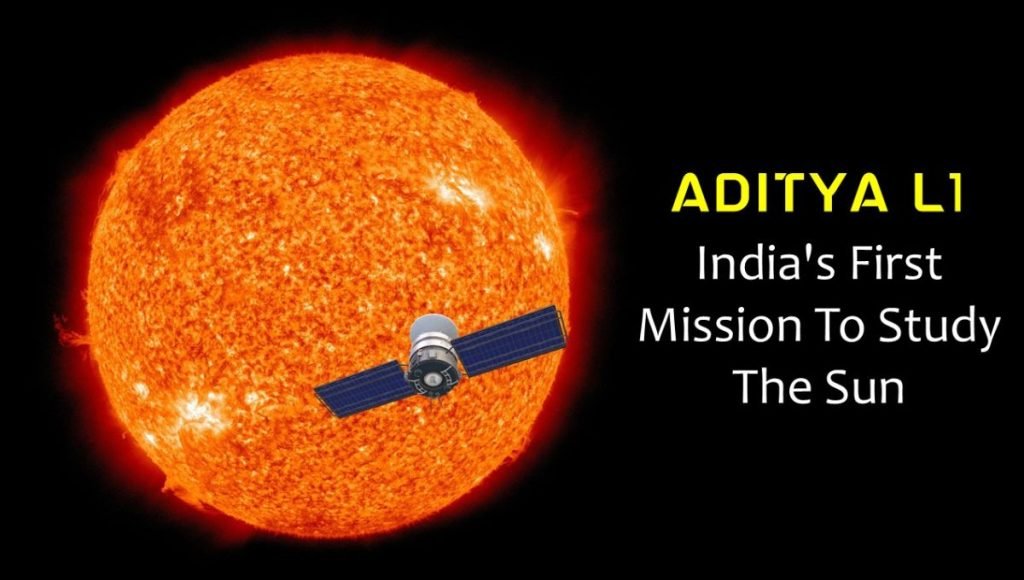
Aditya-L1 is a space mission by the Indian Space Research Organisation (ISRO) to study the Sun. The mission is expected to provide valuable insights into the Sun and its influence on Earth’s climate and space weather.
Some of the benefits of Aditya-L1 include:
- Understanding the mechanisms that heat the Sun’s corona to millions of degrees Kelvin.
- Studying the Sun’s magnetic field and its role in solar activity.
- Observing solar flares and coronal mass ejections, which are powerful eruptions of energy and matter from the Sun.
- Understanding the coupling between the Sun’s atmosphere and the solar wind, the stream of charged particles that flows from the Sun.
- Improving our ability to predict space weather events, such as solar flares, CMEs, and solar storms.
- Protecting Earth from the harmful effects of space weather.
The Aditya-L1 mission will be a major milestone for ISRO and will help to position India as a leading player in solar research. It is also a significant contribution to the international effort to understand the Sun and its impact on our planet.
Future of Solar Exploration

The future of solar exploration is bright. Scientists are planning new missions to study the Sun in greater detail than ever before. These missions will use new technologies to image the Sun’s corona, magnetic field, and solar flares. One of the most promising new technologies for solar exploration is solar sails. Solar sails are spacecraft that are powered by the Sun’s radiation.
They are much cheaper and more efficient than traditional spacecraft that are powered by solar panels. Solar sails could be used to send missions to the Sun’s poles, where the corona is even hotter and more dynamic than at the equator. They could also be used to study the Sun’s interior, which is still a mystery to scientists. The future of solar exploration is full of possibilities. With new technologies and new missions, scientists will continue to learn more about the Sun and its influence on our planet.
Also Read:






